That was incredible heat the other week. Aye, I know I’m a ginger which usually means just sitting next to a light bulb during winter is enough to see me slap on some factor 50.
But I can’t believe there weren’t plenty folk out there that didn’t find it at least a little bit uncomfortable.
Trying to garden in that weather wasn’t the best either. I thought I was being smart trying to get machinery work out the road early in the day before the full blast of heat took hold, but that didn’t work either.
Heat you couldn’t work in
Even in the morning the temperatures were already in the early twenties and still meant two shirt changes and a gallon of water being consumed before I gave up by 11 o’clock.
A warm spell like this isn’t unusual during the season, even extra warm spells, but this heatwave was something else.
It resulted in the warmest temperatures ever being reached in many places across the country.
It’s not the kind of records we particularly wanted to break and another reminder of how our climate is changing. We expect to see more often extreme weather conditions like the recent heatwave.
We’re causing it all
I think, actually I hope, we are now all aware how human activity is contributing to these rising temperatures.
The burning of fossil fuels such as oil, coal and gas to drive our cars, heat our homes and also produced by various industries, result in ‘greenhouse gases’ being trapped around the earth like a warming blanket, causing it to heat up.
Now I think us gardeners are amazing people and indeed I believe the whole world would be in a better place if everyone spent a bit more time gardening, but even I don’t believe we have the powers to stop Mother Nature on this one.
However I do think she’s willing to work with us on this. If the boffins are correct then part of the strategy to help slow the rate of temperature increase is through having more plants in the ground.
A simple lesson from nature
As you can imagine social media during this time was full of pictures and messages of people coping with the heat.
I was fascinated by a message that showed a thermal image of cobbles in the street. You know, the rectangular blocks of stone that once made our roads before the advent of concrete and tarmac.
These cobbles were glowing bright red showing that they were being warmed up by the sun thus contributing to the high temperature through the release of this additional stored heat.
What I found fascinating was the joins around the cobble, that had over the years been colonised by weeds and moss, were showing up as the colour blue.
This meant that the areas of plants around the roasting hot cobbles were roasting were actually nice and cool.
I’m not advocating we go back 100 years to dusty, dirt roads. It wont be long until the weather patterns settle back down again, the Scottish rains will return and our little corner of the planet will cool down.
And as for hard landscapes…
But for me this is a great example of why I wish planners and architects would consider plants more whilst going through their design process.
For example, at the moment I’m watching a beautiful old building being brought back to life where I’m living in Perthshire.
In the area surrounding it, countless slabs are being laid, a necessity of course for access, but it would’ve been nice to see pockets of these large spaces of hard landscaping being given over to some green plantings.
Plant trees. It’s simple and effective
We need plants to soften the visual of a concrete jungle, make them look nicer.
A small tree or two also helps, by absorbing pollution and casting a bit of shade over those enjoying a coffee outdoors in the restaurants and cafes during these warm, sunny afternoons.
There might be a place for those oversized planters. They can look pretty impressive but I’m never convinced trying to grow a tree in a huge pot is for the long term, and it can be high maintenance. I can bet they cost a fair bob or two as well.
We also have a problem when it rains. With no open ground like flower beds and lawns to soak up the moisture from the downpours we often see in the summer now, all the rainwater ends up running off into our sewers.
They weren’t built to cope with the volume of water – or certainly not the amount that can come down in such a short space of time.
A future for our children
This is the kind of thing that contributes to localised flooding, which I thought was well understood for a while now, but we still seem to be following the same slabbed path.
Maybe I’m just a worrier but it does concern me how tough it’s going to be for my children by the time they reach the age I am now.
I know I should be doing more myself and the recent mild winter and now warm, dry summer is yet another reminder we should be doing our best to make simple changes now, that will benefit us both in the short and long term.
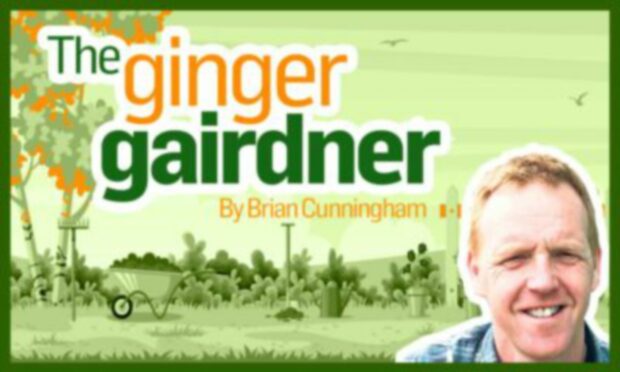
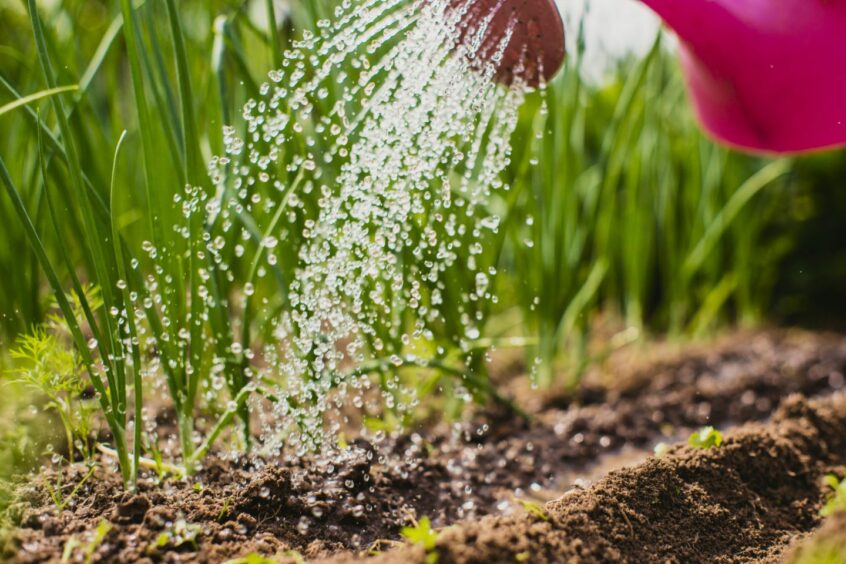
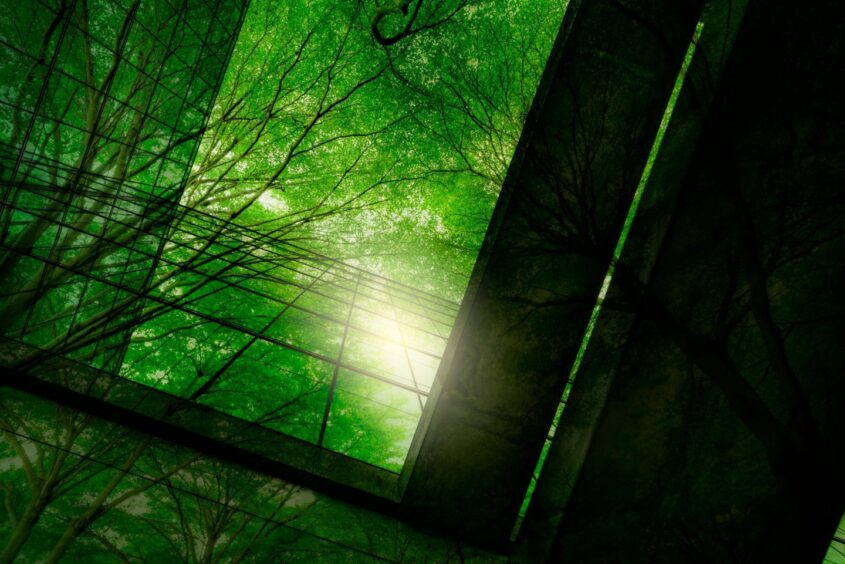
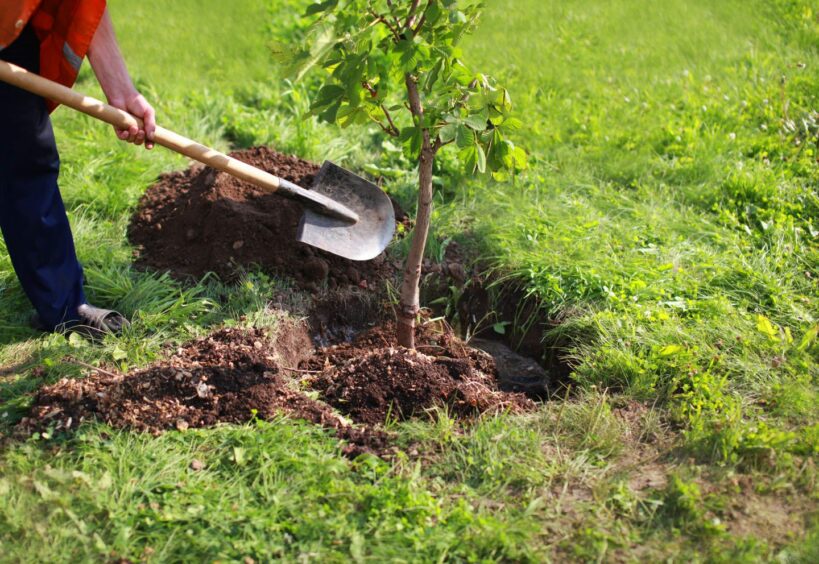





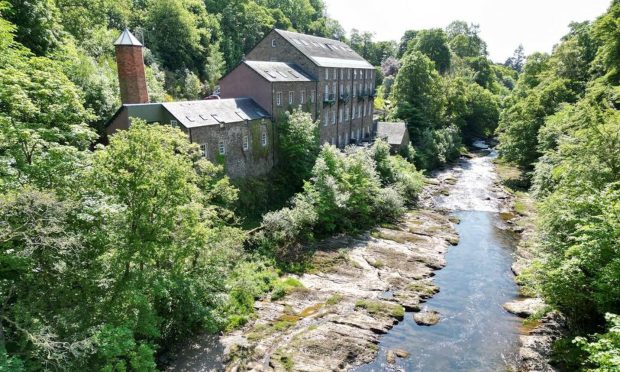
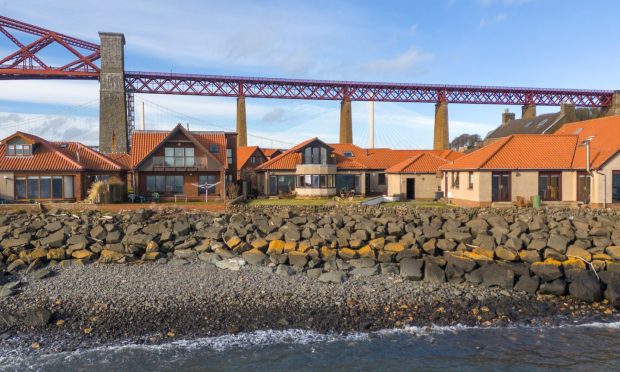
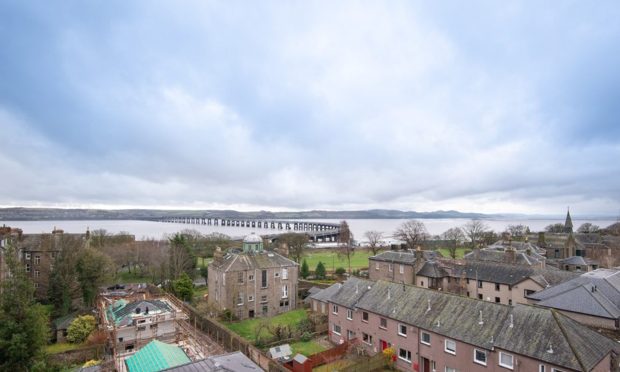
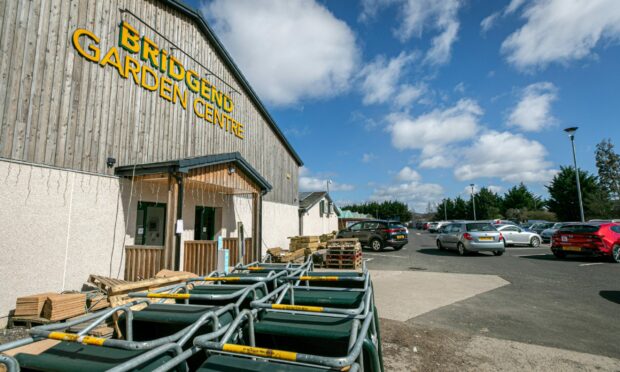
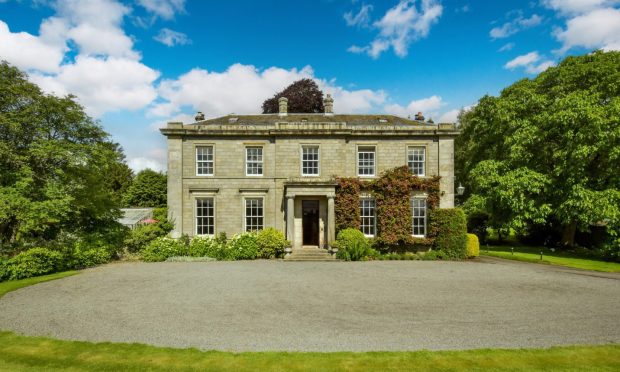
Conversation